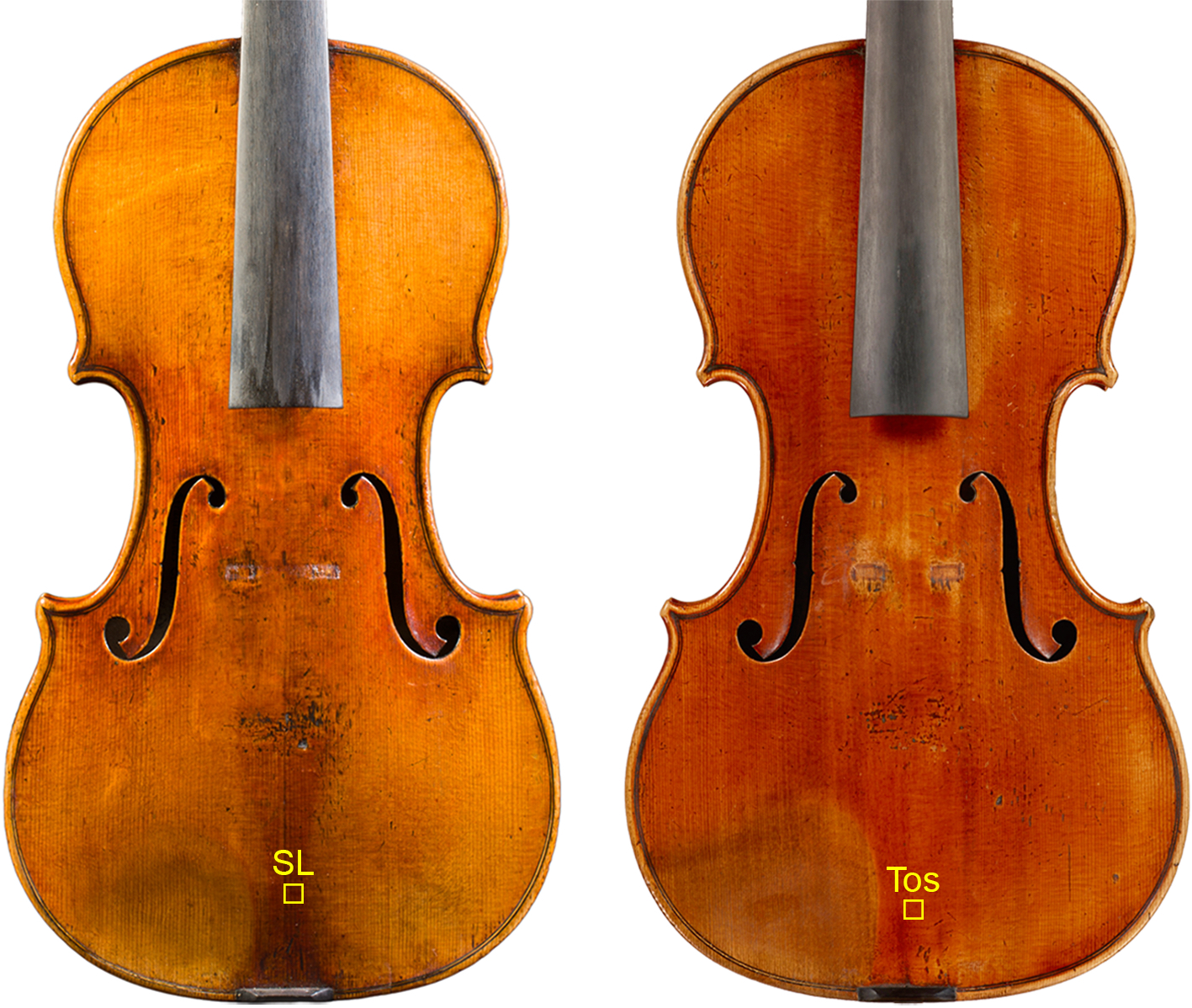Scientists unveil one of the secrets behind Stradivari’s violins
LocationTrieste (IT)
Centuries after the passing of Antonio Stradivari, scientists and estimators are still trying to understand the constructive secrets that make his instruments so unique. A recent study published in the scientific journal Analytical Chemistry unveiled a critical detail on the nature of the coating below the varnishing of his violins. The first author of the research is Chiaramaria Stani, a scientific collaborator of the Central European Research Infrastructure Consortium (CERIC) in the cultural heritage sector.

Two masterpieces of the luthier were analysed in this work, Toscano (1690), kept at the Accademia of Santa Cecilia in Rome and the San Lorenzo, located in Tokyo under the cure of the estimator and conservator Sota Nakazawa. “It’s been years that the experts debate on the presence of a coating beneath the varnishing layer of the Antonio Stradivari’s instruments,” says Giacomo Fiocco, co-author of the research. Previously, infrared microscopy analyses realised at the SISSI beamline at the Elettra synchrotron highlighted the potential presence of the coating. However, it wasn’t possible to define its chemical nature. In the current study, a more sophisticated technique was employed, infrared scattering-type scanning near-fields optical microscopy (s-SNOM), allowing to gather new evidence. “The results obtained in this work highlight the unequivocal presence of a protein-based coating, probably an animal glue based on collagen or casein, applied directly on the wood and partially absorbed by it“, specifies Chiaramaria Stani. Such treatment could influence the instrument’s sound, giving its unique clarity.
Lisa Vaccari, responsible of the SISSI beamline at Elettra and co-author of the paper confirms: “Thanks to the application of advanced techniques it was possible to obtain such extraordinary results on extremely complex samples, demonstrating the potential of such techniques and opening new scenarios for the study of cultural heritage items”. Access to the SISSI beamline at the Italian CERIC Partner Facility at Elettra Sincrotrone Trieste was possible thanks to a CERIC call for proposals.
“At the moment, we still cannot define the constructive technique of the Cremonese luthier Antonio Stradivari unequivocally, but thanks to this research work, we made substantial steps forward in comprehending how he built his incredible instruments” concludes Marco Malagodi, scientific director at the Arvedi Laboratory of non-invasive diagnostic at the University of Pavia and co-author of the study.



